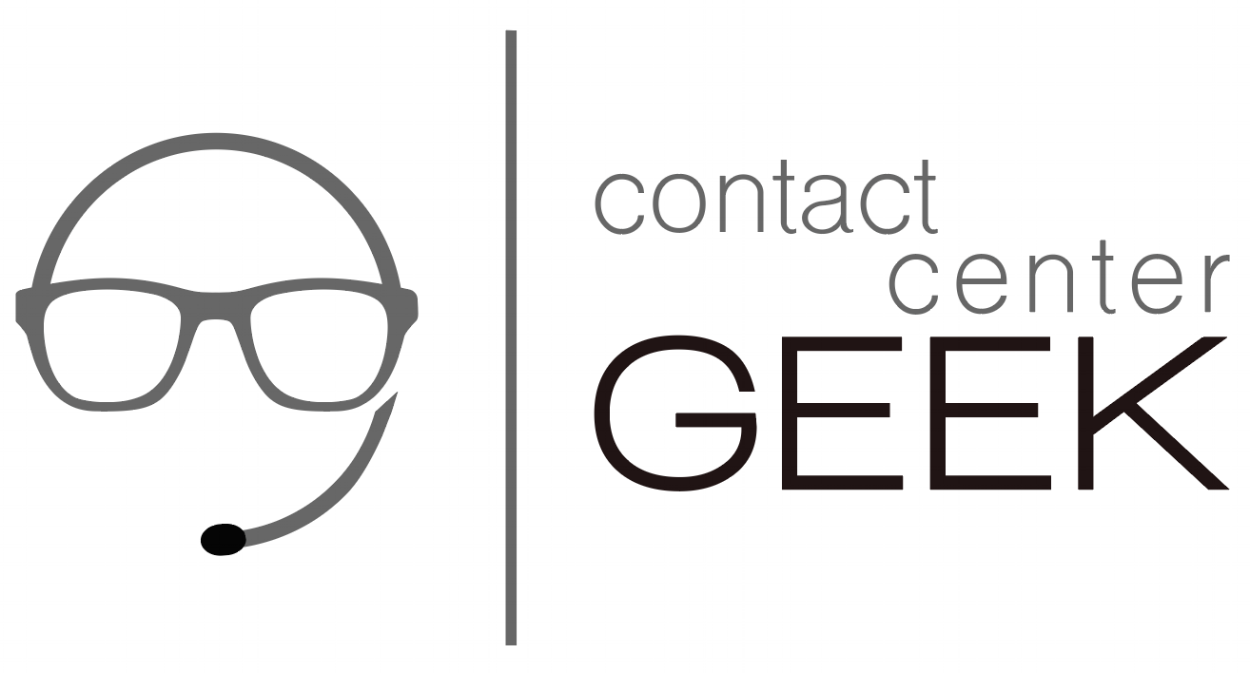Lean Six Sigma Tenets for the Contact Center
Guest post by Walt Sweeny, Assistant Vice President Call Center at Provident Credit Union
The wonderful thing about Contact Centers is that we get to measure everything that is important to our customers and team members. Such metrics as calls received, cost per inbound contact, and customer survey feedback are critical to analyzing and maintaining a well-functioning Contact Center.
There may be many ways to improve Contact Center performance; however, one of the sure fire ways is through the Lean Six Sigma process.
Lean and Six Sigma are actually two different approaches merged together.
Lean is about removing needless steps in a process.
Six Sigma is about reducing errors in a process.
The goal of this process is to minimize or eliminate variations in manufactured products or services. The ultimate goal being that this minimization will improve manufactured products or services that will benefit the customer.
Lean Six Sigma is made up of the following phases:
· Define
· Measure
· Analyze
· Improve
· Control
The Define phase is where the improvement activity or problem is stated.
The Measure phase is where the process activity is measured.
The Analyze phase is where the potential problem is detailed and interpreted.
The Improve phase is where the potential problem is addressed with recommendations for improvement.
The Control phase is where the improved process is continued and monitored so that the errors do not return.
You may think, “Wow” this is a lot of steps to try and address potential process improvements in your Contact Center.
But it is worth it.
In our Center, we use the tenets of Lean Six Sigma for monthly process improvements. Our goal is to have at least one significant process improvement per month. We define a significant process improvement as one that will impact 50 or more member contacts per month. The team decided on that benchmark as each of our agents answers approximately 50 contacts a day and any improvement that could save that many contacts is worth doing.
Recently, we wished to track why a significant number of members would contact us with questions regarding their checking account every month.
Employing Lean Six Sigma tenets, we first Defined what the improvement activity was which was to decrease the number of questions that prompted members to contact us with regarding their checking account.
We then worked on the Measure phase to understand what members were calling us about every month. Specific tracking was created so that we could group the number and reasons why members were contacting us.
Next, the Analyze phase was where we could look at the data and come up with possible solutions for those questions that came up the most.
The Improve phase was where we recommended to our IT group what issues should be prioritized first so that those issues which impacted the greatest number of members were addressed immediately.
Lastly the Control phase, which in this example was the specific tracking of questions asked by members, will continue so that any trend in member questions may be addressed.
In the end, we expect these changes we made by using tenets of Lean Six Sigma to not only increase member satisfaction but also reduce contacts into our Call Center.
I really encourage you to give this process a try when wishing to solve Contact Center issues.
Also, becoming certified in the Lean Six Sigma process would give your top performing team members an opportunity to contribute to your Contact Center while also improving their skills.
Data is critical to the Lean Six Sigma process.
And as we like to say around here, “Without data, you are just another person with an opinion”…
Walt Sweeny is an Assistant Vice President Call Center at Provident Credit Union in Redwood Shores, California.
He has a Master of Business Administration from San Francisco State University and is Lean Six Sigma Green Belt certified. He has also been a guest speaker on BenchmarkPortal’s Calltalk Online Radio Show with a presentation titled “A Lean Six Sigma Approach to Contact Center Process Improvement”. Connect with Walt on LinkedIn.


